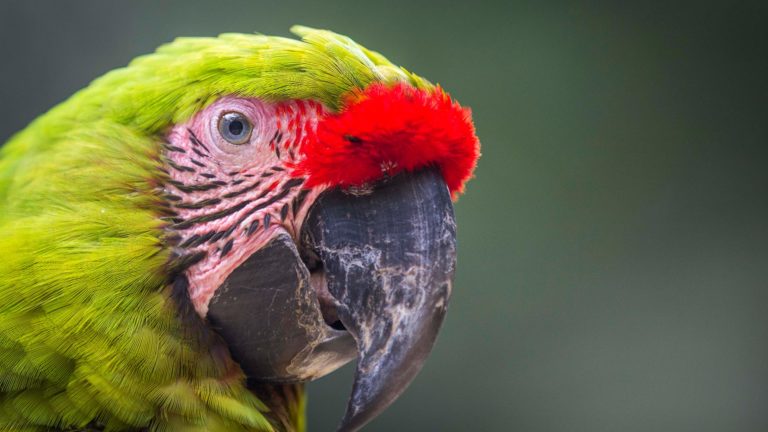Great Green Macaw Ara ambiguus
Taxonomy
Scientific name:
Ara ambiguus
Family:
Psittacidae
Genus:
Ara
Species:
Ambiguus
Common names:
Great green macaw, Buffon’s macaw
Biology
Morphology:
Great green macaws are the largest parrots in their natural range. This species averages 85 to 90 cm in length and 1.3 kg in weight. They are mainly green and have a reddish forehead and pale blue lower back and upper tail feathers. The bare facial skin is patterned with lines of small dark feathers, which are reddish in older and female parrots.
Reproduction:
They form pairs for life and try to inhabit the same nest each year. They nest in cavities in dry tree trunks. The great green macaw’s breeding season starts in December and ends in April, but the time and duration vary depending on the location. The female lays 2 to 3 eggs and incubates them for about a month period.
Diet:
The great green macaw is known to feed on seeds and fruits from at least 37 species of trees.
Ecology
Range:
They are found in Central American forests from eastern Honduras (northern limit) to northwest Colombia with an additional isolated population in western Ecuador.
Habitat:
The great green macaw lives in tropical forests in the Atlantic wet lowlands of Central and South America. They are usually observed below 600 m, but can be seen as high as 1,500 m.
Threats
Habitat destruction and ilegal trafficking. IUCN Red List: In danger of extinction.

